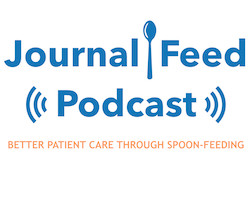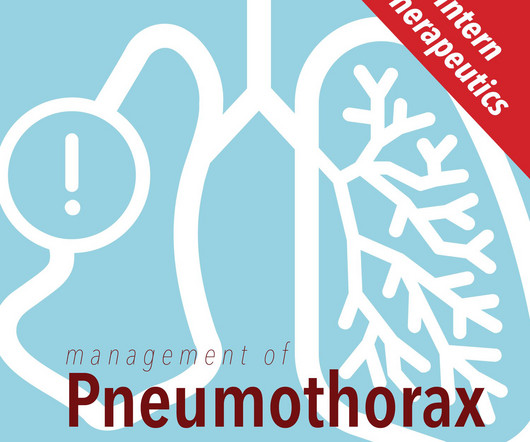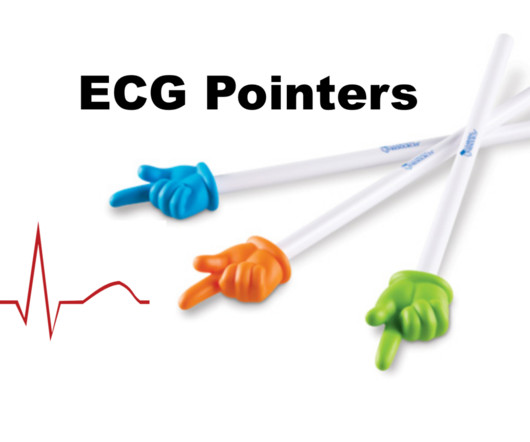Systemic Steroids: An ED Focused Overview
EMDocs
OCTOBER 9, 2023
1 Though hydrocortisone is often included in ‘crash carts,’ the most recent consensus on cardiopulmonary resuscitation (CPR) has a weak recommendation against the use of corticosteroids during CPR. Consider the other complications of systemic steroids: weight gain, cataracts, fractures, and neuropsychiatric events.























Let's personalize your content